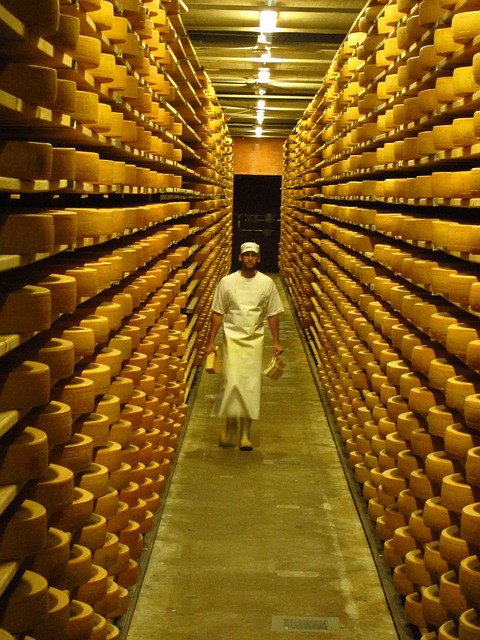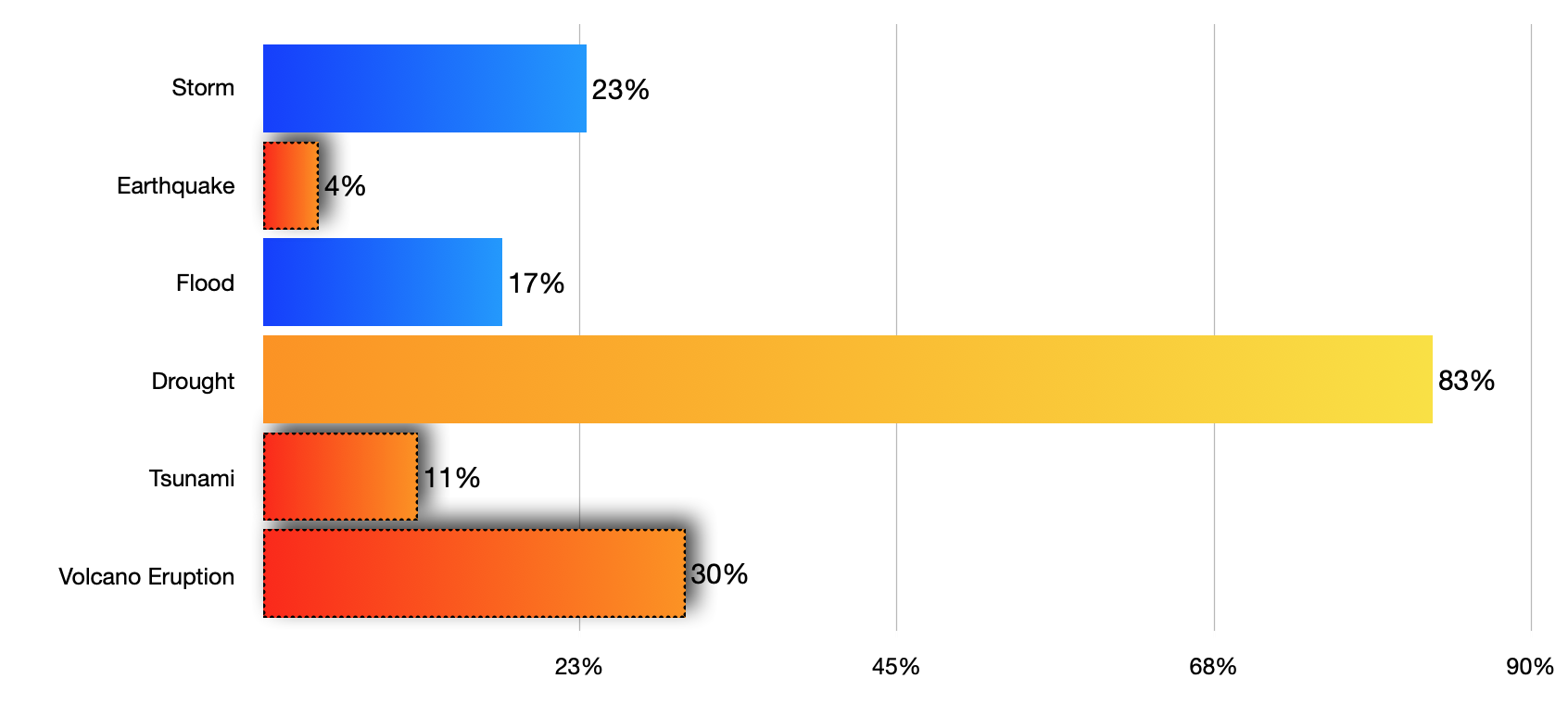Earthquake Risk Transfer for Food and Agriculture Industry

Food and Agriculture Industry Earthquake Risks Overview
The Food and Agriculture Sector is composed of complex production, processing, and delivery systems and has the capacity to feed people and animals both within and beyond the boundaries of the United States. These food and agriculture systems are almost entirely under private ownership, operate in highly competitive global markets, strive to operate in harmony with the environment, and provide economic opportunities and an improved quality of life for citizens.
Under Risks Sectors including: Food production; and distribution.
Earthquake Risks in the Food and Agriculture Industry
Alongside drought with $29 billion and floods with $19 billion losses, earthquakes with $10.5 billion loss, are one of the top three hazards that impacted the Food and Agriculture sector between 2009 and 2015.


The Geography of Disaster
In Asia — the world region where agriculture was most affected by disasters — floods and storms had the largest impacts, but Asian agricultural systems are also heavily affected by earthquakes, tsunamis and extreme temperatures.
For both Africa as well as for Latin America and the Caribbean, drought is the costliest type of disaster — causing crop and livestock losses of $10.7 and $13 billion in those regions, respectively, between 2005 and 2015.
Crop pests and animal diseases were also among the most expense-inducing disasters for African farmers, notching up $6+ billion in losses in that same period.
And across the globe, Small Island Developing States (SIDS) are particularly vulnerable to natural disasters, in particular tsunamis, earthquakes, storms and floods. Economic losses in SIDS stemming from disasters jumped from $8.8 billion for the period 2000-2007 to over $14 billion between 2008-2015.
